Agile methods such as Scrum create paradigm shifts in companies and thus revolutionize their own corporate culture. Own beliefs and behaviors, such as “ that’s how you do it “are questioned. At the same time, the door is created for more transparent structures in which employees can contribute more. Accordingly, classic positions are transformed into modern roles in agile companies.
Management plays a key role in the successful installation of agile methods. So that executives who have received little attention to date with regard to the introduction of agile methods do not stand in the way of such a revolution, modern managers need a clearly drawn, new picture of their own future role within agile entrepreneurs.
The modern manager
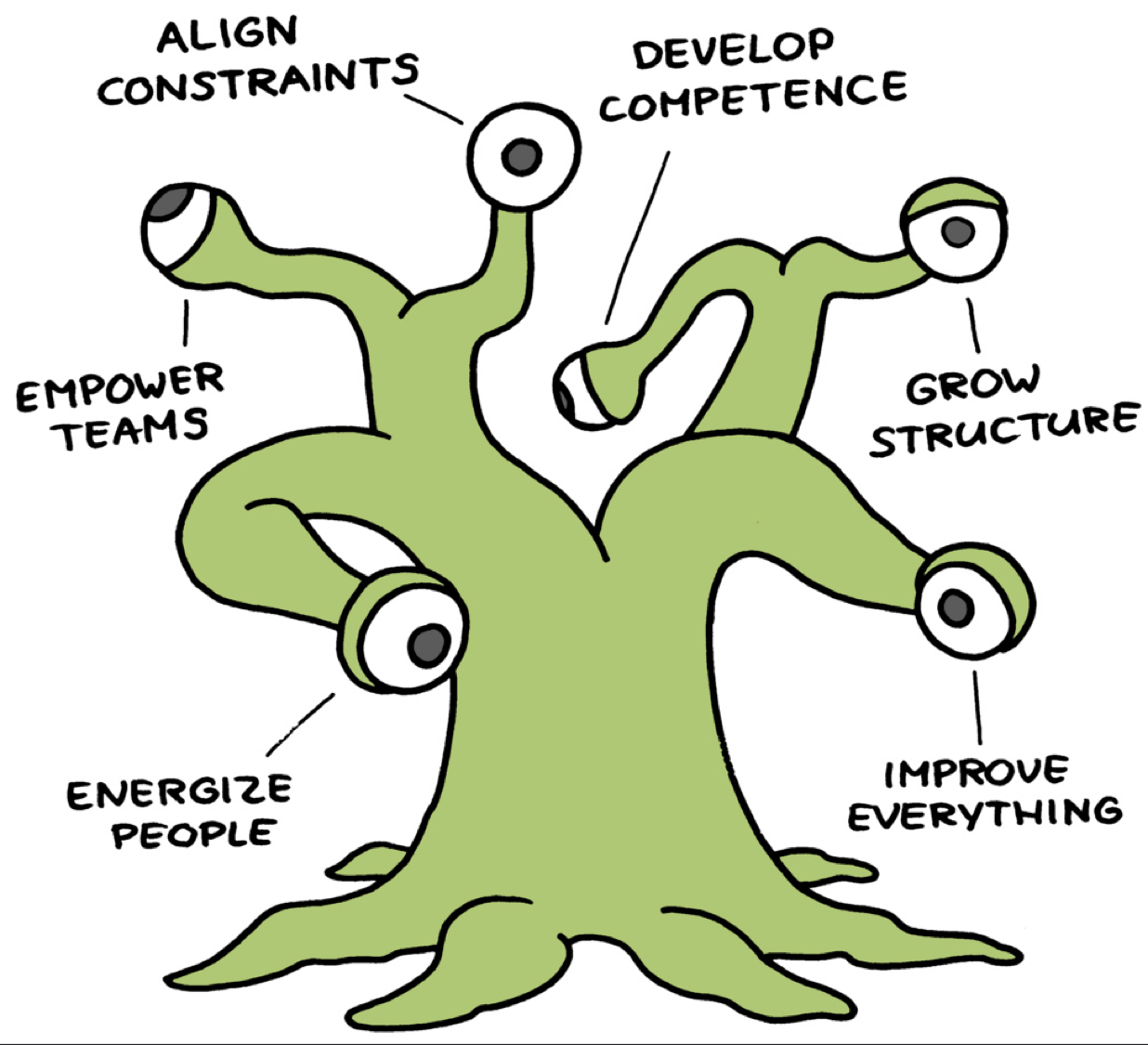
The figure from Appelo (2010, p. 370) shows the modern, agile manager as a being with many eyes. In order to act successfully, the manager directs his or her own focus on many things at the same time. You not only have to create clear structures that motivate the agile team at all times, but also expand your own skills. By looking at general innovations and developments outside of your own company, agile management must always develop new skills and is therefore always up to date. The numerous eyes give the manager a 360 degree view through which he sees the big picture.
Agile management develops people
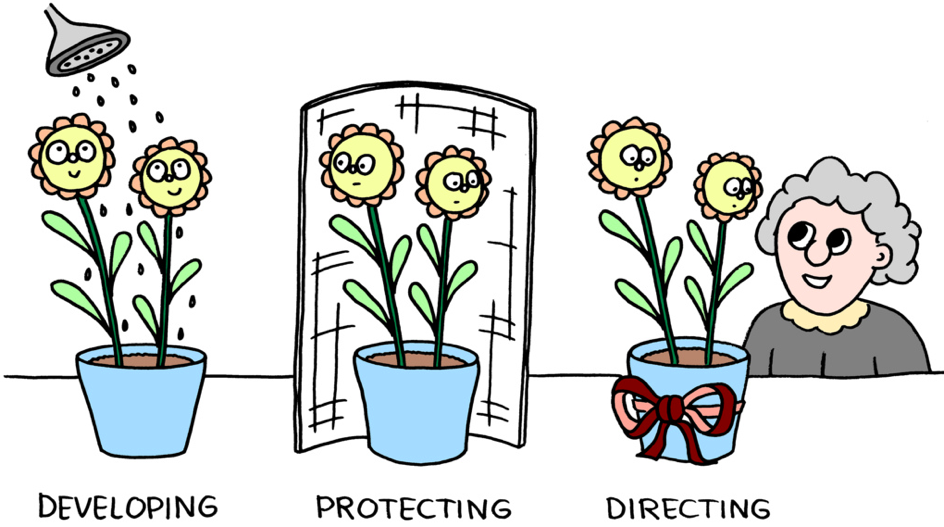
To Appelo (2010, p. 155) are three the main tasks of managers to develop people, to protect the employees and to guide them in their personal development within the company. How agile human resource management manages to find agile employees and even do justice to the new role of HR, I already saw in the Article on agile HR treated.
Complexity in management
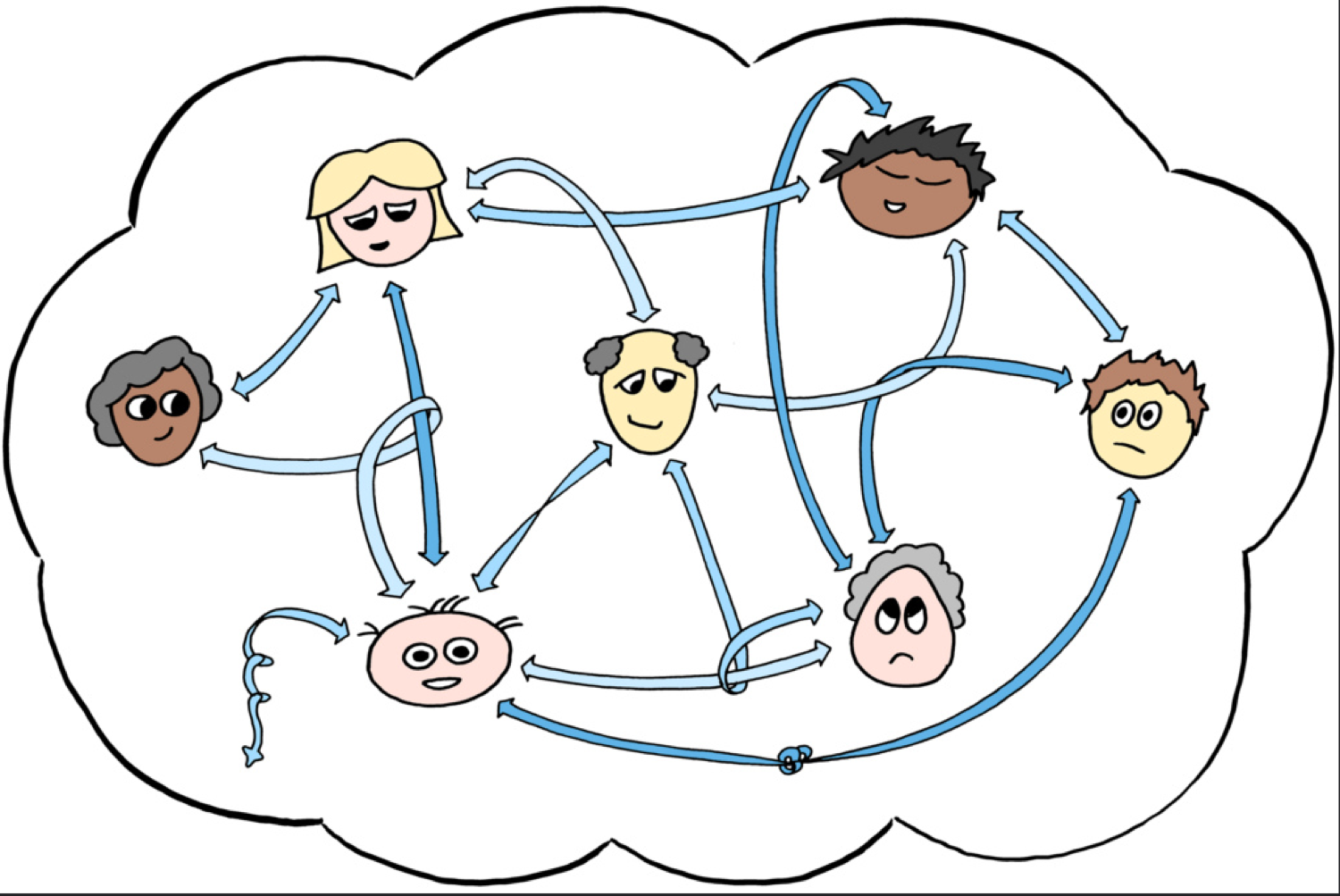
The figure from Appelo (2010, p. 52) illustrates the complex systems that executives feel exposed to. It is not uncommon for this complexity to lead to lethargy with regard to important decision-making processes. Decisions, if at all, are often not made until the deadline. Modern, agile methods such as self-organization and halocracy can soften the complexity and make the possibility of decision-making more transparent.

Models like holocracy (see my Article on holocracy ) can quickly drift into a kind of anarchy, which is not good for the corporate culture at all. On the other hand, however, they want to move away from old, deadlocked structures and soften those too strict, non-transparent order. So the role of agile management is to rule the chaos and create order within the Holacracy. In other words: Agile management creates a balanced, perfect relationship between anarchy and dictatorship. Tip: read mine too Article on complexity in management .
Agile management against complexity
Most organizations are set up according to a classic hierarchy. According to Appelo, this is not agile and is actually not really lived. That is why Appelo calls for a hierarchy for organization and an informal structure for the network in the company. This means that every single employee in the organization is networked with the others.
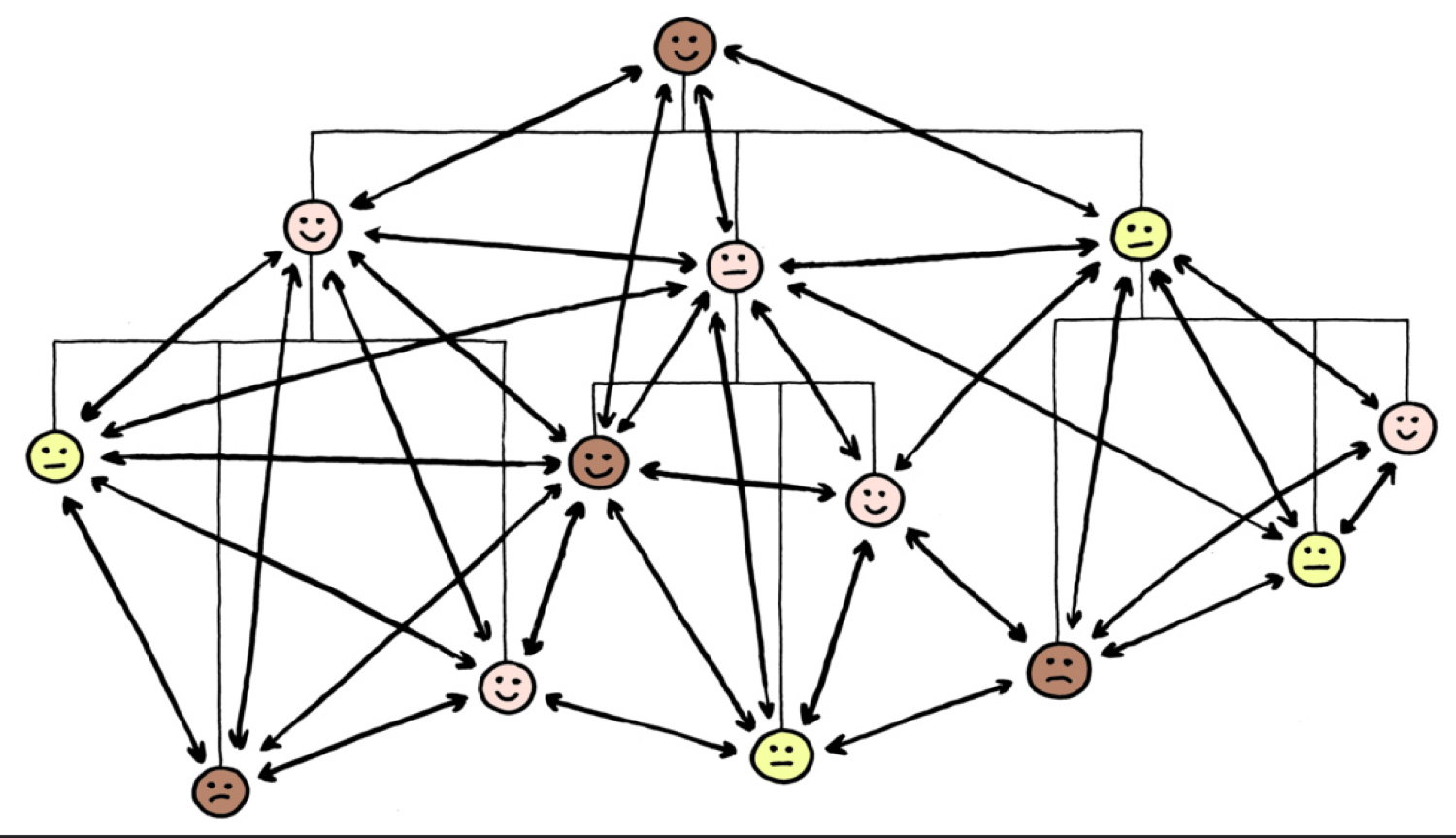
Appelo also suggests another agile approach to the solution. So the idea is that organizations fundamentally establish a classic project business. These are supported by internal service providers. These are specialized teams such as a GUI team. These teams have an agile mindset based on offering excellent service to the project teams and supporting them as much as possible. A similar approach was used in the 2. Roundtable on digital companies conceptualized.
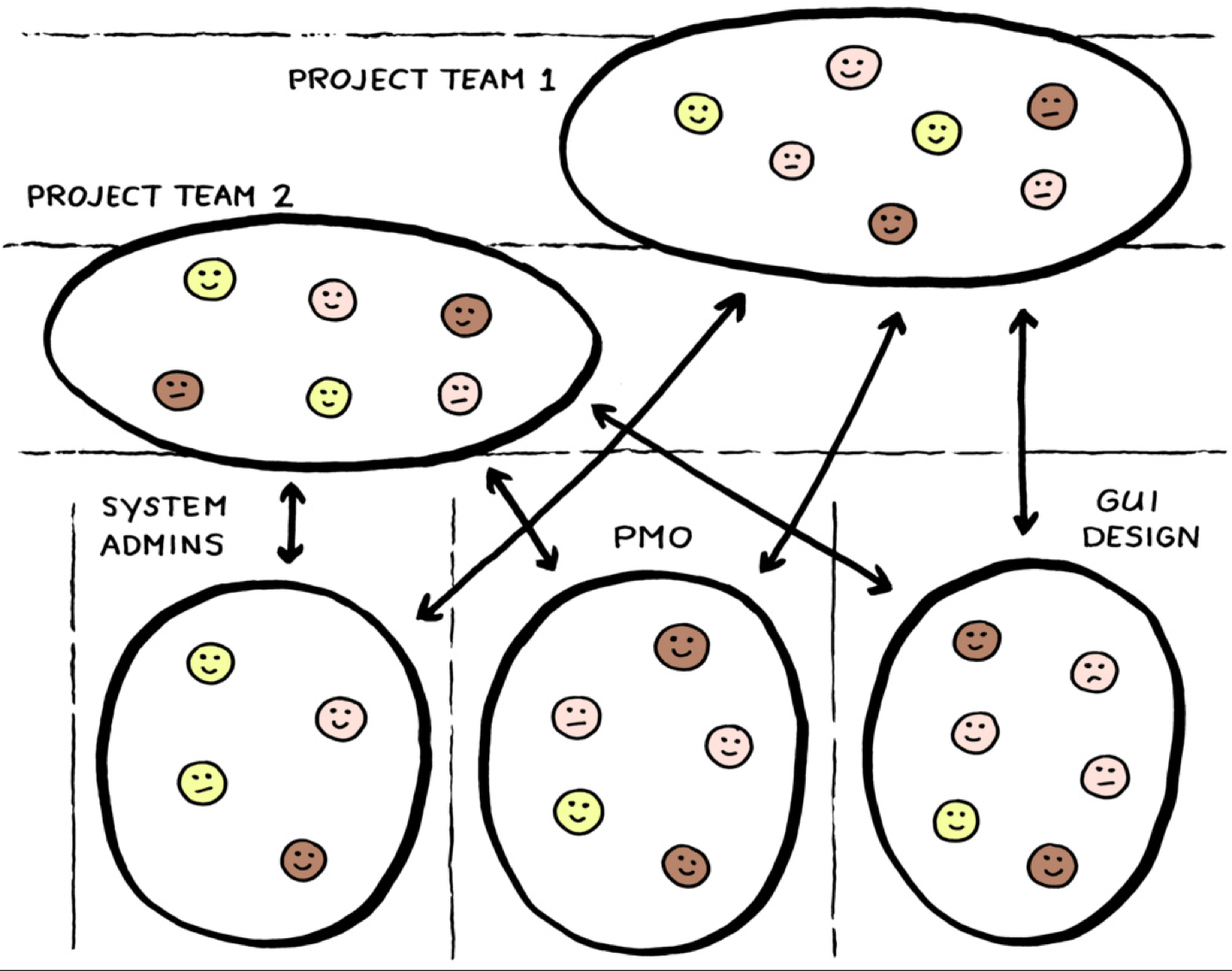
Dimensions of agile management
There are now no direct criteria as to what constitutes agile management and what does not. It is clear, however, that certain indicators can be defined. So I already have some in the article “ What is agility? “ Are defined. But also with Heap there are criteria. These are:
- the agile target image
- customer-oriented organizational structure
- iterative process landscapes
- Employee-centered understanding of leadership
- agile personnel and management tools
- the agile corporate culture
So, first of all, a target image should be determined. The question is: What do we all want to achieve in an organization and how can we offer our customers maximum added value? Decisions in agile leadership are also made differently – as Haufe says: For decision-making in organizations, this means that decisions are made where “knowledge and not disciplinary power resides.”
This is usually quite clear with the developers themselves, who are in contact with the customer. In the consulting example, there are consultants who are on site at the customer’s premises. The working method itself is also changing, according to Haufe: The concept of agility includes short, manageable planning and implementation cycles with concrete results (“prototyping”), so that immediate adaptation to changed framework conditions is possible (“inspect and adapt”). Errors become visible at an early stage and can be corrected at an early stage, priorities are regularly questioned and realigned.
Stumbling blocks for agile management
But implementing agile management is not easy and does not always run smoothly. That’s what he says Havard Business Manager In a nutshell: Often times, teams are overwhelmed by the changeover to agile management systems. After all, more freedom also means being open when something is going badly – and accepting criticism from equals when results fall short of expectations. If you want to avoid unnecessary frictional losses, you should therefore define clear rules for cooperation before the transformation – also with regard to vacation, salaries and working hours.
So the magazine cites human worries or loss of status. Employees are often in a certain routine that offers security and believe that the agile change will worsen their position or are generally afraid of the high level of uncertainty of possible self-organization. Agility therefore requires different skills than working in a classic hierarchy. In the end, the magazine summarizes: “Managers who want to change their organization should therefore make sure that their employees meet the necessary requirements.”
Summary
There is no doubt that traditional management is in crisis. In an increasingly complex and changeable world, management principles that have been quite successful in many areas in the last century seem to be reaching their limits. It is becoming more and more obvious that an understanding of leadership based on individual specifications and control no longer works in today’s world – in a time when it is primarily about creative knowledge work, complex tasks and flexible reaction to changes in the market.
The limitation is that Appelo developed its approach in 2010 and it is already very mature. New findings build on his explanations and expand the model with new approaches. In the course of the research it will be shown how these approaches can help companies to transform themselves in a digital world in a sustainable way and to react to the massive speed of technical progress with the help of agility and change.
[werbung] Verwendete Quellen anzeigen
Appelo, J. (2010). Management 3.0: Leading Agile Developers, Developing Agile Leaders . Boston: Addison-Wesley Professional.



